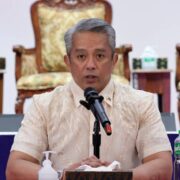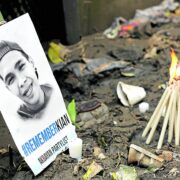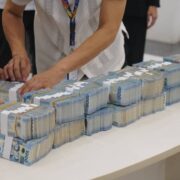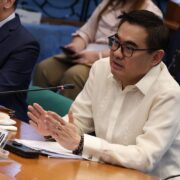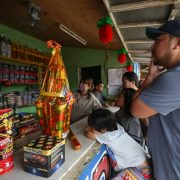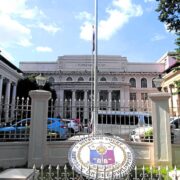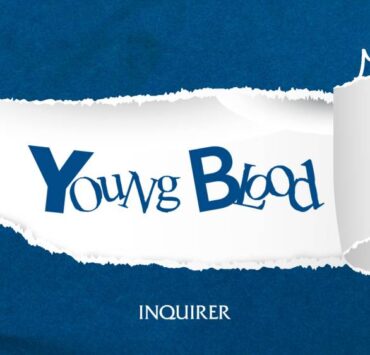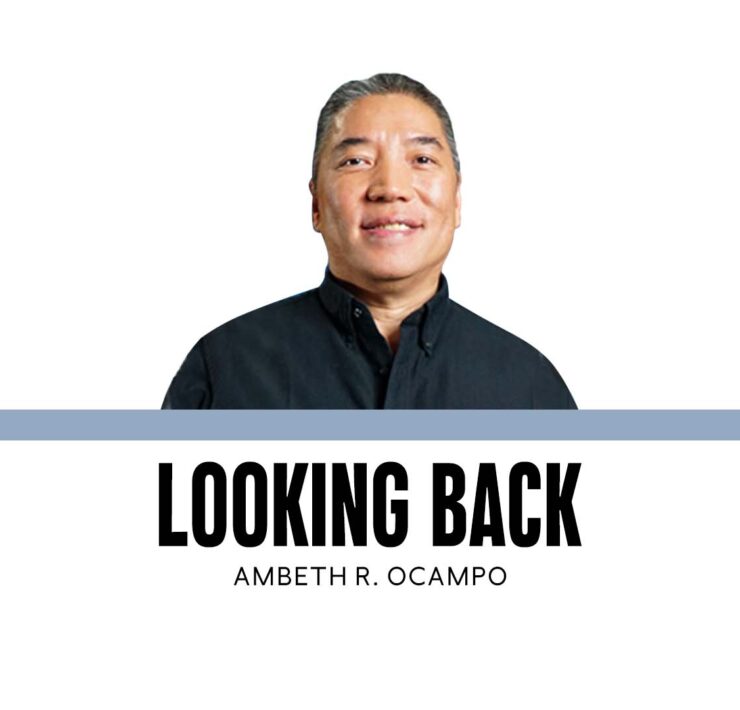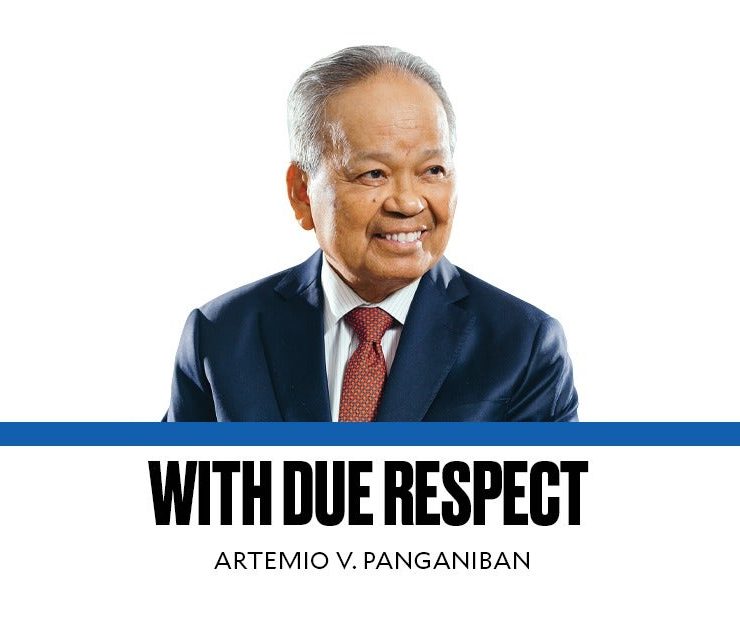Jerrold Tarog’s ‘Quezon’
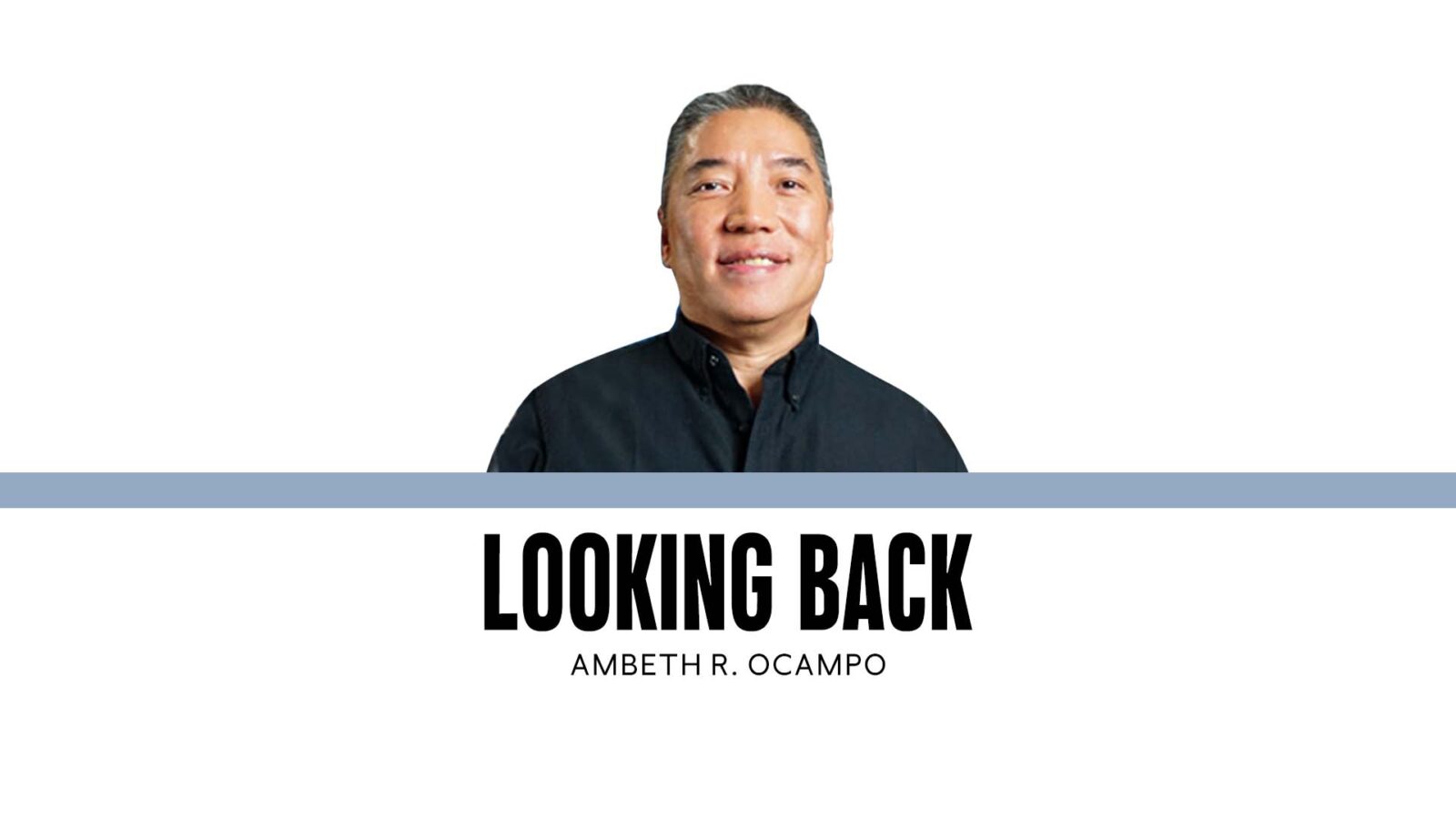
Jerrold Tarog’s long-awaited “Quezon” did not disappoint. As a matter of fact, it exceeded my already jaded vision following his “Heneral Luna” (2015) and “Goyo: Ang Batang Heneral” (2018). I watched the film on a Monday afternoon, the time seniors watch for free, and their reactions were priceless. When Sergio Osmeña stepped on screen, someone audibly commented that Romnick Sarmenta spoke Tagalog with a pronounced Visayan accent that I did not catch. Then, when the young former President Manuel L. Quezon was shown languishing behind bars, another senior exclaimed: “Ah, si Dr. Jose Rizal!”
Tarog cleverly shot flashback scenes in black and white, each framed like silent films, with text in what Gen Z might mistake for PowerPoint slides using an old font. This device works very well, separating past and present with comical movements and background music. Drawing from his previous experience, directing segments for the “Shake, Rattle & Roll” series, Tarog transformed actors in the flashbacks into ghouls. For example, the young Quezon, played by the beautiful Benjamin Alves, had his eyebrows and eyebags darkened such that he would not be out of place in “The Addams Family.” I won’t nitpick slips in production design, simply because the film comes together so well. My pet peeve, though, was the suits worn by the cast and extras that were not in prewar cut and resembled wedding rentals or ukay finds. Fortunately, Jericho Rosales’ suits were the right cut, like the right shade of gray hair that looked natural, in contrast to Osmeña’s, which resembled a tired wig borrowed from Lola Basyang. If Tarog wanted a caricature, he surely got one.
Tarog’s trilogy has been billed as a “Bayaniverse” because the main characters are mainstays in textbook history and the pantheon of Filipino heroes. However, I always tell my students that while Antonio Luna and Gregorio del Pilar are firmly positioned in my list of heroes, Quezon, whom I consider historically important, should be in a different list—that for presidents. Quezon entered the popular imagination as a hero partly through the postwar banknote series dominated by 19th-century heroes, who were joined by Quezon and Manuel Roxas. Over time, these two presidents were joined by Osmeña, Emilio Aguinaldo, Corazon Aquino, and Diosdado Macapagal. By 2011, the Bangko Sentral ng Pilipinas’ new generation currency, with the exception of the three World War II heroes on the P1,000 bill, was dominated by presidents.
Quezon’s family will not look kindly at Tarog’s iconoclastic treatment. Humanizing Quezon as a flawed character makes him relatable to you and me. However, depicting him as a two-faced (chameleon was the kind word used), selfish, self-serving, and scheming person doesn’t make him relatable. It makes him detestable. Quezon, as the consummate political power player, is not lost on viewers still seething in anger for the billion-peso corruption that has blown up in the past months. Tarog’s ”Quezon” may not be what people expect to see. Tarog’s ”Quezon” is what Filipinos need to see. Too bad, Tarog diminished the power of his storytelling by starting the film with a disclaimer that the film is based on history and told with artistic license. I could tell from the amusing details that Tarog did his homework and read the same sources I have read over the years, though Juan F. Rivera’s “Quezon: Thoughts and anecdotes about him and his fights” (1978) is not acknowledged in the movie tie-up book.
In Tarog’s “Heneral Luna,” the villain is Aguinaldo; in “Quezon,” the general is portrayed as a victim of Quezon’s ruthlessness and vindictiveness. In my book “Bones of Contention” (2001), I wrote that Quezon used the powers of his office to make life difficult for Aguinaldo in the run-up to the 1935 Commonwealth presidential elections: his life pension was abruptly canceled, he was hounded for an overdue debt with the Philippine National Bank, and the government land Aguinaldo was allowed to develop was suddenly put up for public auction. In 2024, at the Bentley Historical Library at the University of Michigan in Ann Arbor, I found the smoking gun in three confidential Quezon memos, dated July 3, 1929, addressed to the insular treasurer, the director of the Bureau of Lands, and the PNB manager, requesting reports on Aguinaldo. Other primary source documents in Michigan were dossiers on Quezon’s activities, including a rape complaint that did not prosper.
For the past 27 years, I have been teaching an undergrad course from the prehistoric period to 1898, to outline the emergence of the Filipino nation. I taught the course on the Philippines from 1898 to the present only once, because I was so depressed by the course content. Watching “Quezon” is unsettling because our present seems to read like the past. It is rooted in Quezon’s wish for “a government run like hell by Filipinos, rather than a government run like heaven by Americans.” We are living in the shadow of “Quezon’s curse,” the working title for my future book on the history of the Philippines.
Comments are welcome at ambeth.ocampo@inquirer.net
Ambeth is a Public Historian whose research covers 19th century Philippines: its art, culture, and the people who figure in the birth of the nation. Professor and former Chair, Department of History, Ateneo de Manila University, he writes a widely-read editorial page column for the Philippine Daily Inquirer, and has published over 30 books—the most recent being: Martial Law: Looking Back 15 (Anvil, 2021) and Yaman: History and Heritage in Philippine Money (Bangko Sentral ng Pilipinas, 2021).




